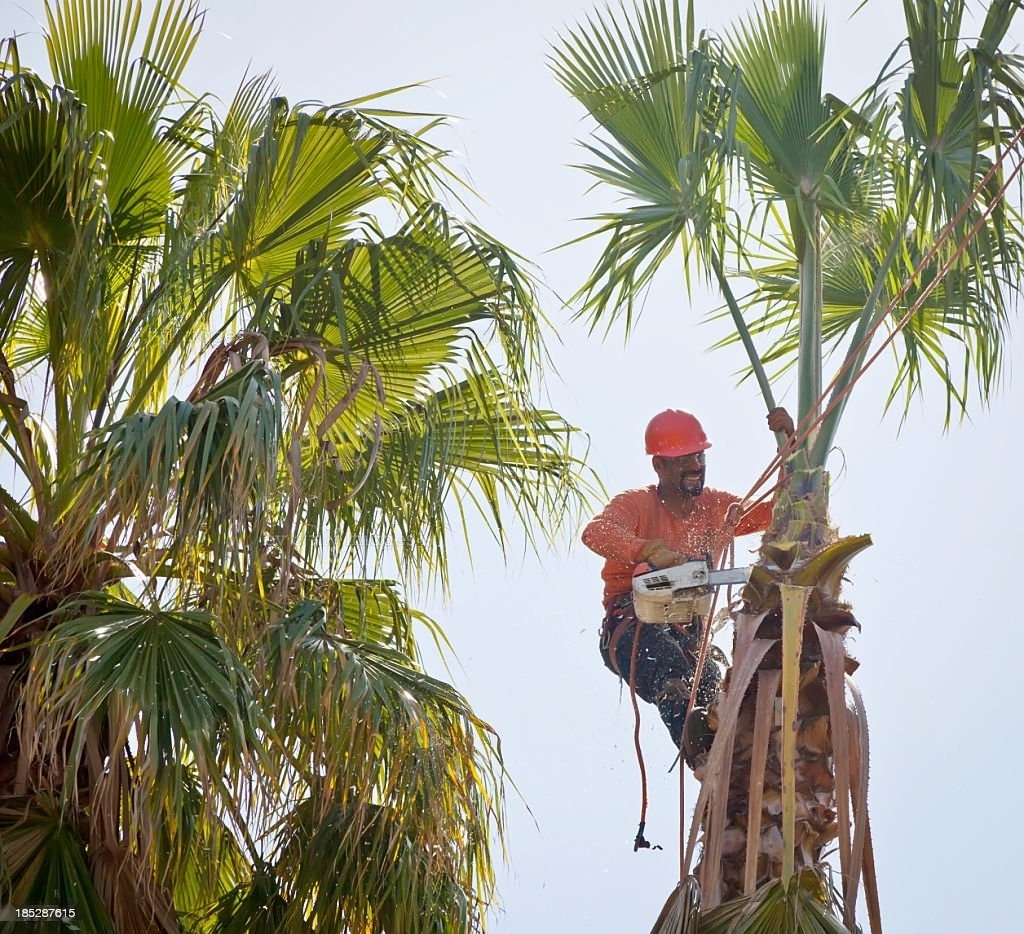Tree Trimming Services in Columbus Ohio
Tree Trimming Services – Arborist Columbus Ohio
Tree trimming, like tree removal, is a lot more complicated operation than you might think. It can cause more harm than good when administered by someone who isn’t an expert. A pruning, on the other hand, can dramatically improve the health and attractiveness of not only your trees but your entire landscape, when our highly qualified team of Arborist tree trimming services work on them. There’s a reason we’re still the go-to company for tree trimming in Columbus.
We follow recommended and specified tree trimming guidelines at Arborist Tree Trimming. We will never group all of your trees together and will instead focus on each one separately. To put it another way, we approach each tree with a different trimming technique and plan that we think is appropriate for that particular tree, because each tree is unique and requires unique care. Furthermore, we will never trim your trees in an artificial manner – it is critical to preserve each species’ natural attractiveness.
Tree Trimming Columbus
Any input from our customers on the trimming technique and desired end effects is welcomed and encouraged. However, if we believe your trees are at risk of being over-trimmed or otherwise destroyed as a result of your orders, we are required to offer alternatives.
Our tree experts, along with the appropriate equipment, will arrive at your property within a two-hour guaranteed timeframe on the day of service. To finish the operation, we’ll utilize heavy machinery specialized specifically for trimming.
We can cut your trees with only climbing gear if that is what you desire. If this is the case, please let us know ahead of time. The Arborist Tree staff will next get to work making the precise, necessary cuts, starting at the top of the tree and working their way down to the base. Our ground team will be on hand at all times to clear brush and debris, ensuring that the area is clean and safe. Small branches will be chipped after the cutting procedure is done, and larger branches will be stored on your property or taken away, depending on your request.
We realize that the time of year, as well as the technique utilized, can have a significant impact on the success of the trimming and the health of your trees at Arborist Trimming Service. Let us trim your trees if they are overgrown, ugly, or becoming a general nuisance. We have dedicated our lives to providing communities with exceptional service and peace of mind. Make a Google search for “Arborist Columbus Ohio” and give us a call right away! Our attendant will treat you in a satisfactory manner and will give you a briefing on the tree service you require.

